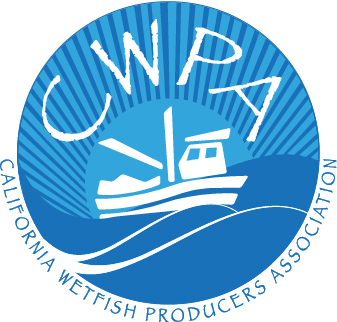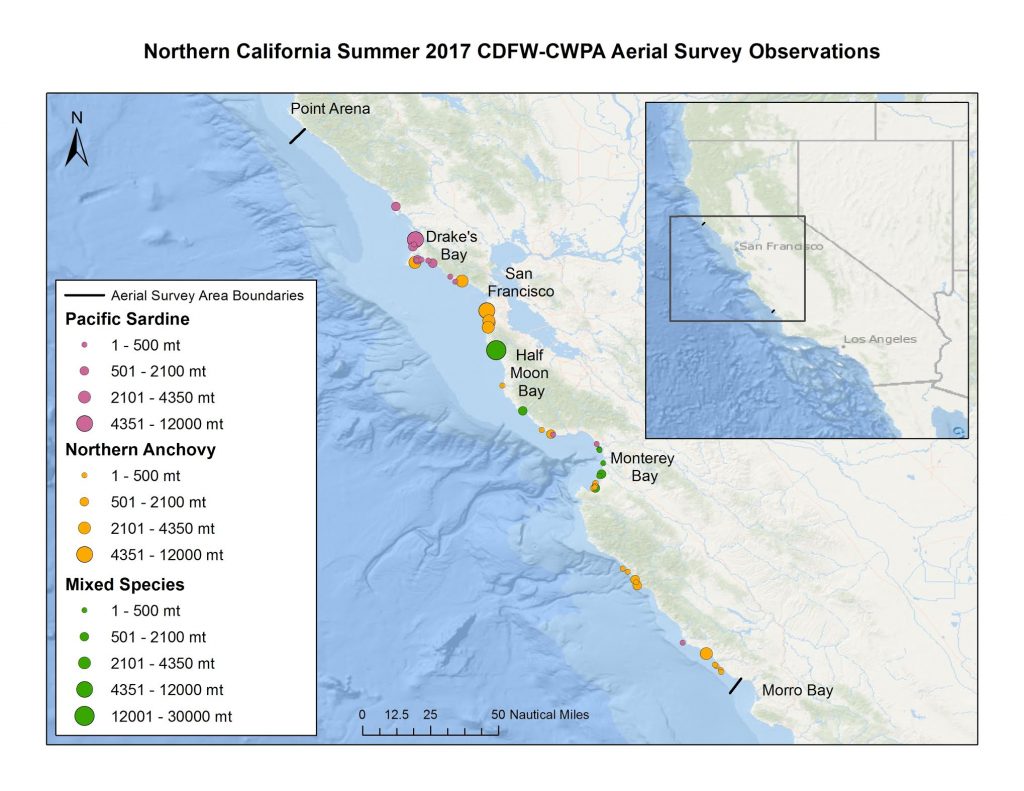June 20, 2018 — Just how many anchovies are there off the northern coast of California and are there enough to fish commercially?
Environmental activist group Oceana and the National Marine Fisheries Service (NMFS) have different answers to those questions, and a federal judge’s ruling recently favored Oceana’s view, reducing opportunities for California fishermen.
At issue is the science that NMFS relied on in reaching a 2016 decision to set the total allowable catch (TAC) for northern California anchovy at 25,000 metric tons. The agency set that limit — even though landings typically only total less than a third of that, 7,300t — judging the stock’s maximum sustainable yield to be 123,000t, and calculating an acceptable biological catch of 100,000t. The TAC was set, conservatively, the agency said, at a fourth of that level.
However, after the 2016 rule was adopted, Oceana sued NMFS in federal court arguing that the rule violated principles established in the the Magnuson-Stevens Act because the agency failed “to articulate the scientific basis for this catch limit”.


